In 2023, the Environmental Policy and Advocacy Initiative for Ukraine (EPAIU) celebrated its 5th anniversary. For five years, the International Renaissance Foundation has been helping Ukrainian environmental organizations become stronger, capable, visible, and influential.
What were the goals of the Initiative, and did it achieve them? How did the idea come about, and what did it transform into? What results have we achieved in 5 years? We discussed this with Tetyana Kukharenko, the Initiative’s manager.
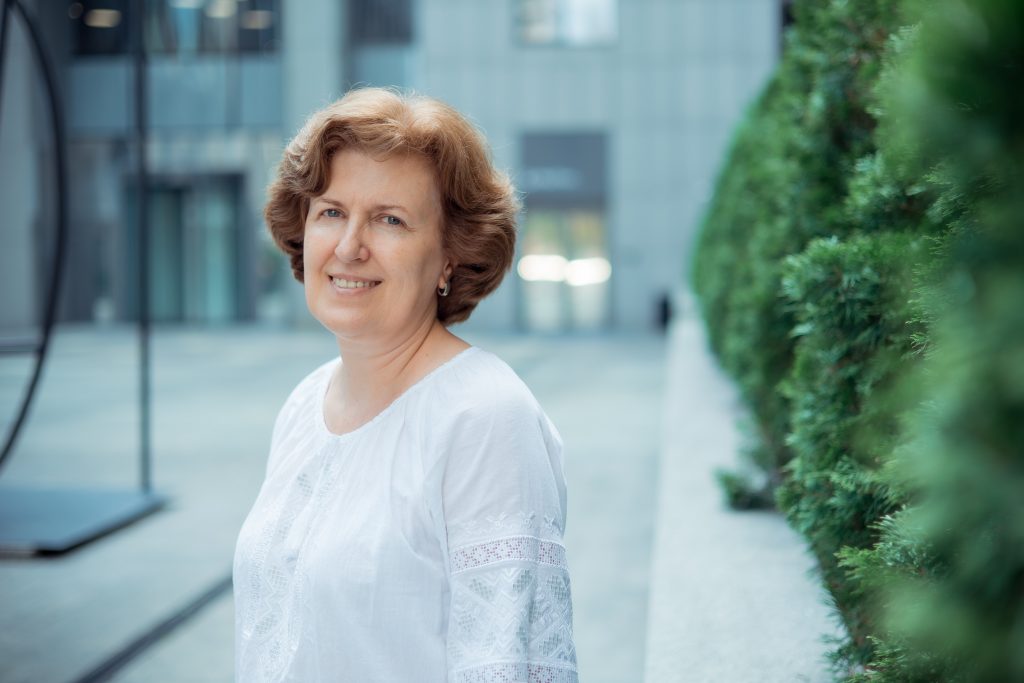
What is the Environmental Policy and Advocacy Initiative?
The EPAIU Initiative is an ambitious project of the International Renaissance Foundation and Sweden that aims to transform the landscape of environmental activism in Ukraine. Together, we are developing powerful and influential civil society organizations that can become leading players in ecological reforms. These organizations strive to achieve standards of good governance and be accountable and widely recognized in the community, thereby contributing to the fulfillment of Ukraine’s commitments under the Association Agreement with the EU and other international agreements.
“We have seen how think tanks help the state to formulate policies at the level of cities and the whole of Ukraine and influence development processes. And we wanted environmental organizations to work similarly,” explains Tetiana Kukharenko, “but the organizations themselves needed to become stronger.”
The Initiative was launched in 2019 to improve the quality and inclusiveness of developing and implementing environmental policies through the active involvement of civil society at all stages of the process. From the development and advocacy of solutions to their implementation and monitoring, the Initiative strengthens citizens’ voices in critical environmental issues.
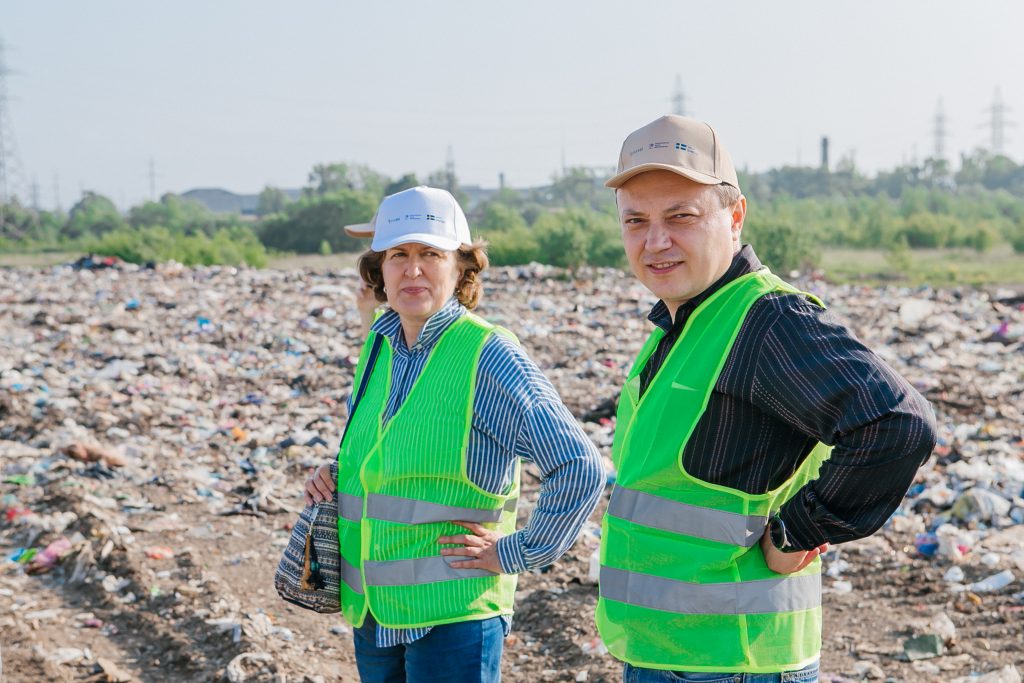
In addition, EPAIU is actively working to raise public awareness and mobilize public attention to critical and pressing environmental issues. The more people know about the ecological consequences of certain decisions – and thus their quality of life – the higher the public demands for change and innovative and law-oriented approaches to environmental policy development. Policies considering sensitivity to potential conflicts at the development stage will be inclusive and contribute to ecological preservation.
Ultimately, EPAIU aims not only to strengthen the institutional capacity of civil society organizations but also to contribute to the development of a better environmental governance system in Ukraine that is sustainable, legal, and democratic.
Institutional support is helpful because it creates a foundation for long-term positive impacts on the environment, people’s quality of life, and environmental standards and practices at all levels of government. And just as importantly, it gives civil society organizations the resources to continue their work where they have the most expertise and not depend on the short-term timeline of individual projects.
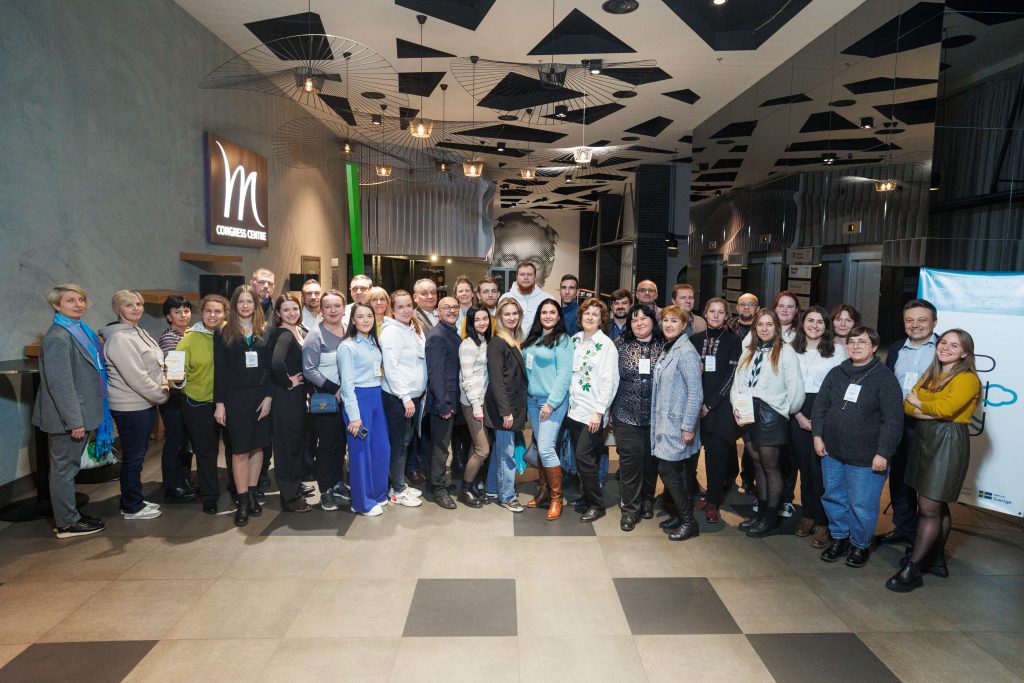
How did the Initiative come about?
The idea of the Initiative was formed during a discussion with the Embassy of Sweden. At that time, the International Renaissance Foundation had already developed a methodology for the institutional development of think tanks. Therefore, the Foundation suggested applying a similar approach to the environmental movement and organizations in the sector that seemed less developed than the analytical sector at the time. Together with the Embassy of Sweden, we decided to implement the project using a similar model but with a focus on environmental issues.
The topic of the environment was familiar to the Foundation. The Democracy and Good Governance Program has supported anti-corruption projects such as water access and deforestation. With the Foundation’s support, the Extractive Industries Transparency Initiative (EITI) was actively developing, focusing on the environmental impact of mining. After all, the fight for the environment was part of the Foundation’s DNA, as the environmental organization Green World co-founded the Renaissance Foundation in 1990.
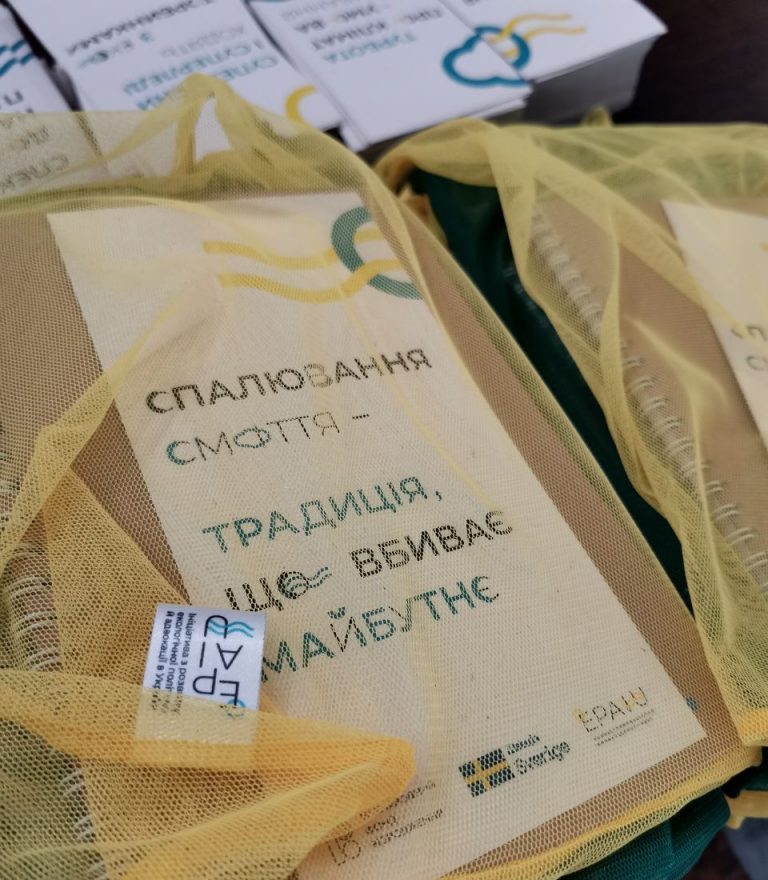
Similarly, environmental protection was not a new topic for Tetiana Kukharenko. She first encountered ecology as a subject during her student years at university. At that time, ecology was first discussed in Ukraine as a comprehensive discipline encompassing politics, economics, biology, physics, chemistry, and philosophy. Tetiana recalls being fascinated by the interconnectedness of all living things and processes on the planet.
Despite her passion, Tetiana moved away from the biological sciences, working at the International Renaissance Foundation on tasks of a different nature. However, in 2018, when the idea of the Ecological Initiative came up, her education and experience proved to be helpful. Her longstanding passion for ecology as a science finally found its practical application and gave the Initiative an inspired and expert manager.
To learn more about the sector, the Foundation commissioned a review of the legislation and activities of various environmental organizations in Ukraine. The study was completed only in early 2019 and became the basis for planning further work (Baseline Research on the Environmental Sphere in Ukraine).
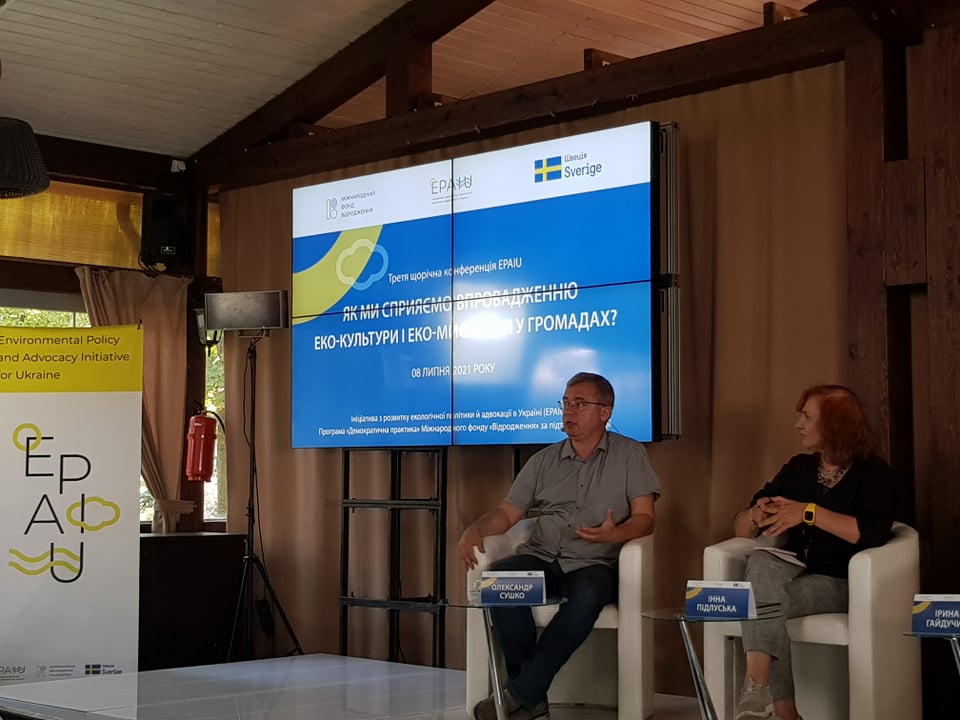
“Engaging longstanding and strong all-Ukrainian environmental organizations was an “asterisked task”. Many of them were not ready to cooperate due to internal reasons or already had institutional grants from other donors,” recalls Tetiana. “As a result, we decided to change our approach.
Thus, the Foundation focused mainly on organizations that emerged after the Revolution of Dignity and expanded its activities to all regions of Ukraine. We decided to focus on the analytical and advocacy components of the organizations’ activities and increase their expertise. Through detailed research and adaptation of approaches, we developed an effective strategy for working with environmental organizations that considers their specific needs and context.
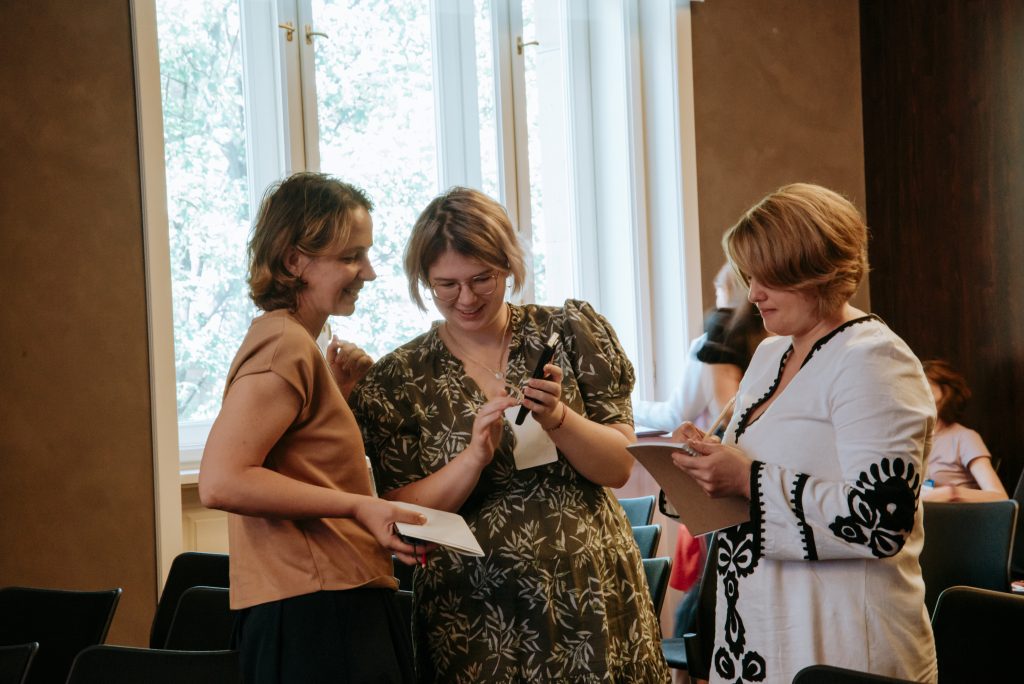
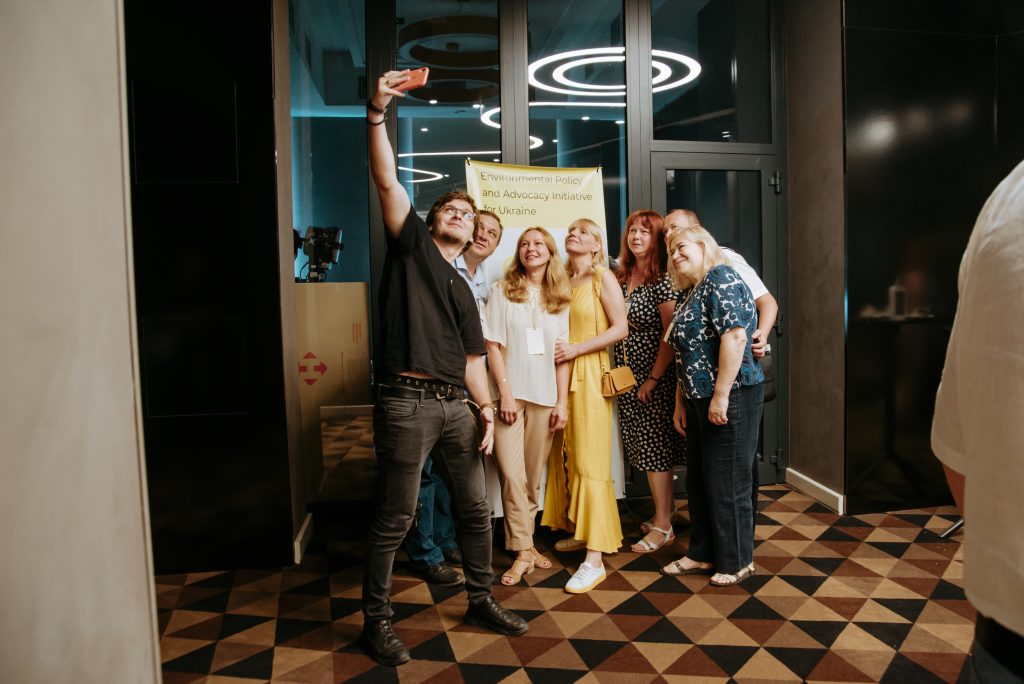
But we wanted to do more than support a few good projects. Given the Foundation’s experience developing think tanks, we focused on institutional development. We tried to make organizations already working to preserve and protect the environment more transparent and responsible, stronger and more capable of advocacy, and influencing the development of environmental policies and programs. To strengthen their internal resources and to allow them to learn new things and find new partners.
Call for proposals for institutional support
We received 65 applications for the first call for institutional support. The process of selecting organizations was complex and multi-stage. Many applicants worked on highly specialized topics, and not all were directly related to environmental activities.
“The Foundation decided to focus on purely civic associations, especially those that emerged after Maidan, with new thinking and approaches. We thought two-thirds of the participants should be from the regions, not just the capital. The level of development of the NGO was not crucial, but the drive and motivation of the teams to change was important,” explains Tetyana Kukharenko.
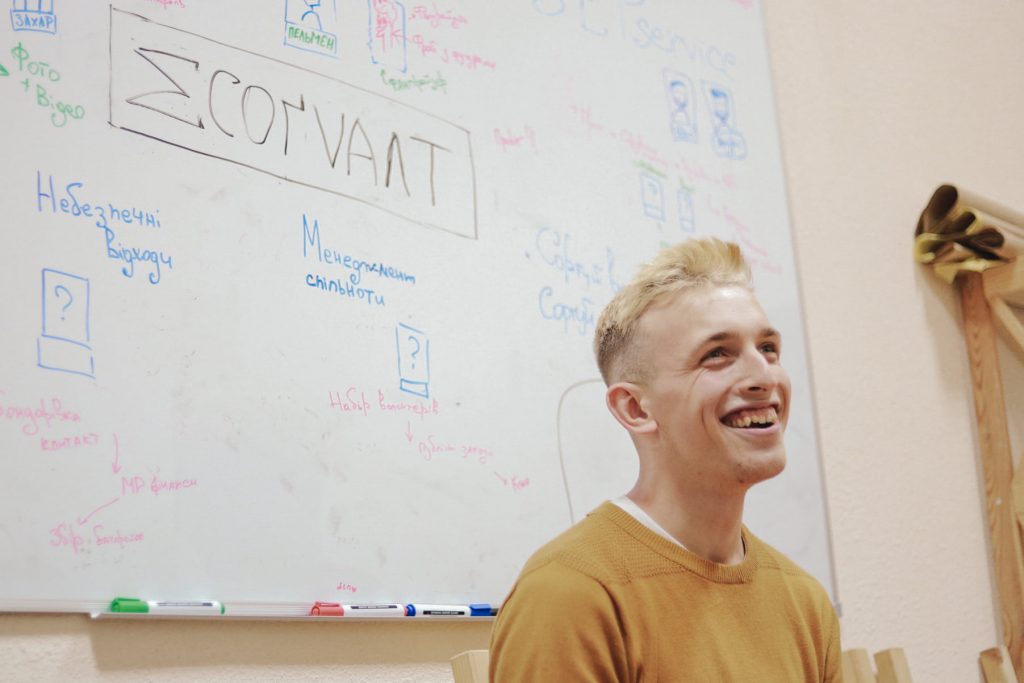
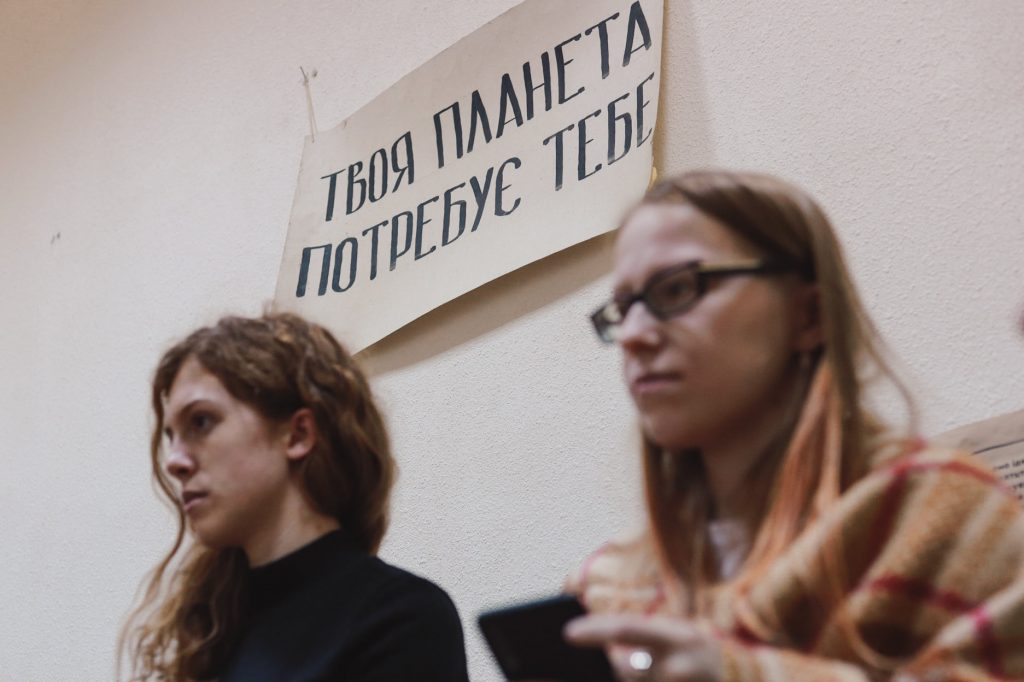
“We tried to pay special attention to industrial regions with acute environmental problems. This was done to balance the capital’s and regional initiatives to attract broader ideas and approaches.
However, only some organizations from industrial regions participated in the competition. Contrary to expectations, there needed to be more activity in Donbas, which the Foundation considered one of the key regions. Although this was an unpleasant surprise for the Foundation, it prompted us to investigate the low activity of organizations in the region in more detail. It helped us launch a new area of support within the Initiative (Role of CSOs in Addressing Environmental Problems in the Donbas).
Out of 65 organizations, the Expert Council of the Initiative, consisting of environmental professionals, selected twenty-five for the first stage, with which they planned to work, focusing on their institutional development. These were organizations from different regions and with varying levels of development. The main requirement for the participants was a willingness to grow and change and an understanding of the importance of working on environmental programs and strategies.
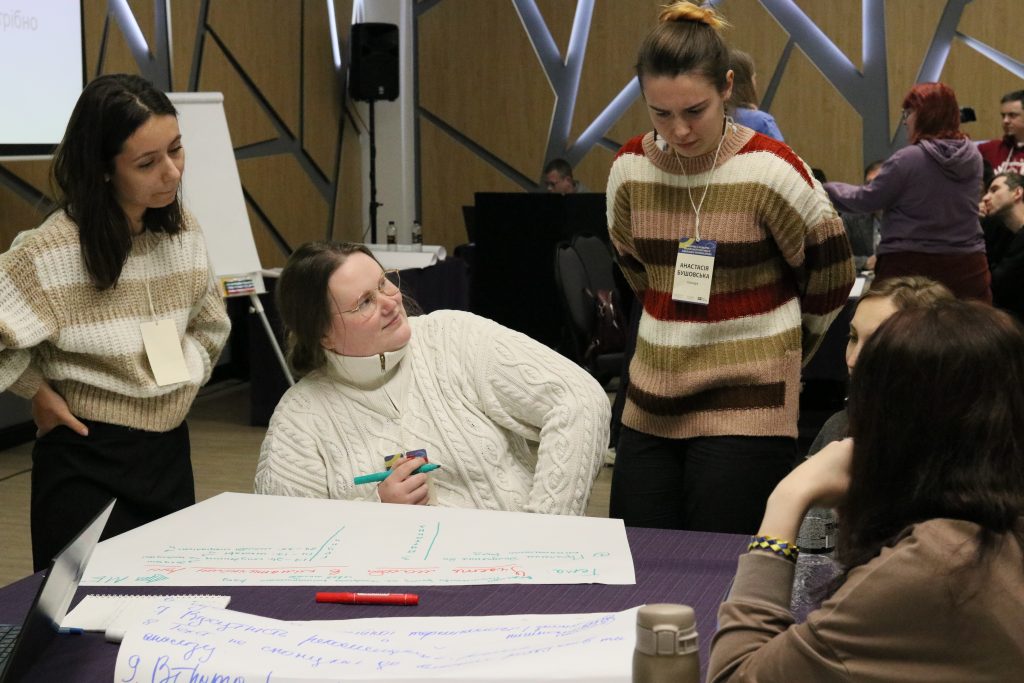
Based on further evaluation, the Expert Council selected sixteen organizations out of twenty-five for the first stage. Each received development funding – small grants of up to $10,000.
The organizations participating in the Initiative’s first stage demonstrated their motivation to grow. They sought not only to become more professional and efficient in their work but also to be actively involved in environmental policy-making, European integration, etc. As a result, the organizations made significant progress in their institutional development in just six months.
Thirteen of them have become EPAIU’s institutional partners in the coming years. All of them have proven that they are ready and able to play the long game, learn and act effectively, and build partnership networks.
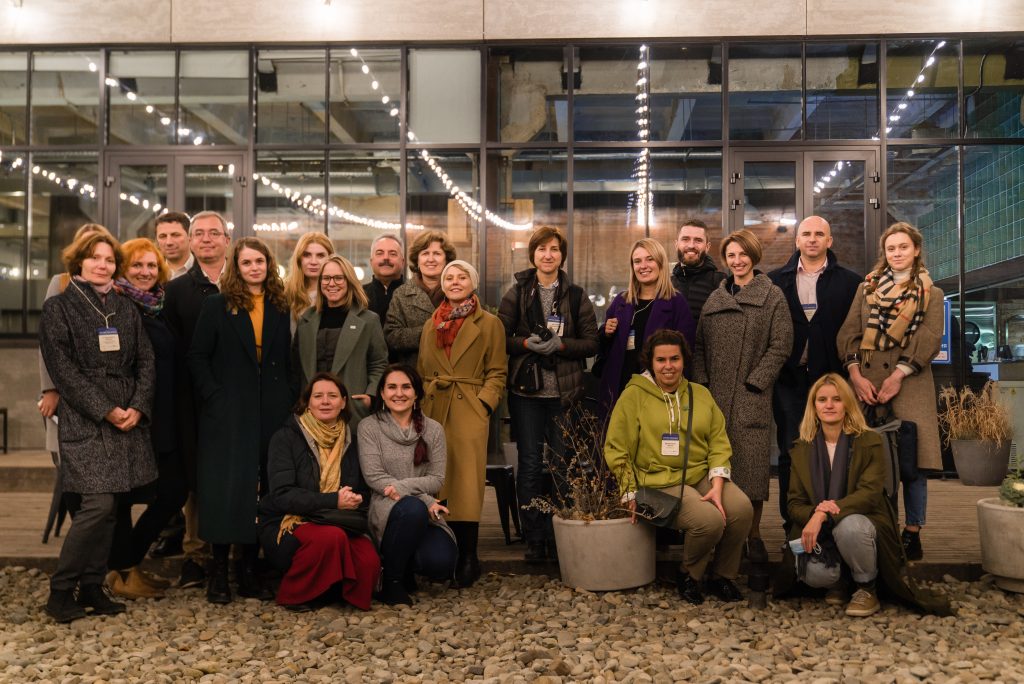
How the organizations grew
One of the Initiative’s main goals was to ensure that environmental organizations have a more significant impact on policy decisions related to the environment. This included participating in legislative processes, developing policies and programs, and lobbying for sustainable development.
The program partners strengthened their independent governance bodies (Management Boards, Supervisory Boards), which allowed them to manage internal resources more effectively and provide strategic direction for their activities.
An essential aspect of strengthening institutional capacity was the introduction of internal policies that ensure good governance, transparency, and accountability of organizations. This helped the partners become more transparent and open to their stakeholders, strengthening their credibility and reputation.
Strategic planning and updating the organizations’ missions contributed to a clear definition of their goals and provided a basis for further development. As a result, the organizations could prioritize their activities and use and attract resources more effectively.
The Initiative also paid particular attention to strategic sessions for organizations, which allowed them to plan their activities more carefully, set priorities, and develop effective impact strategies.
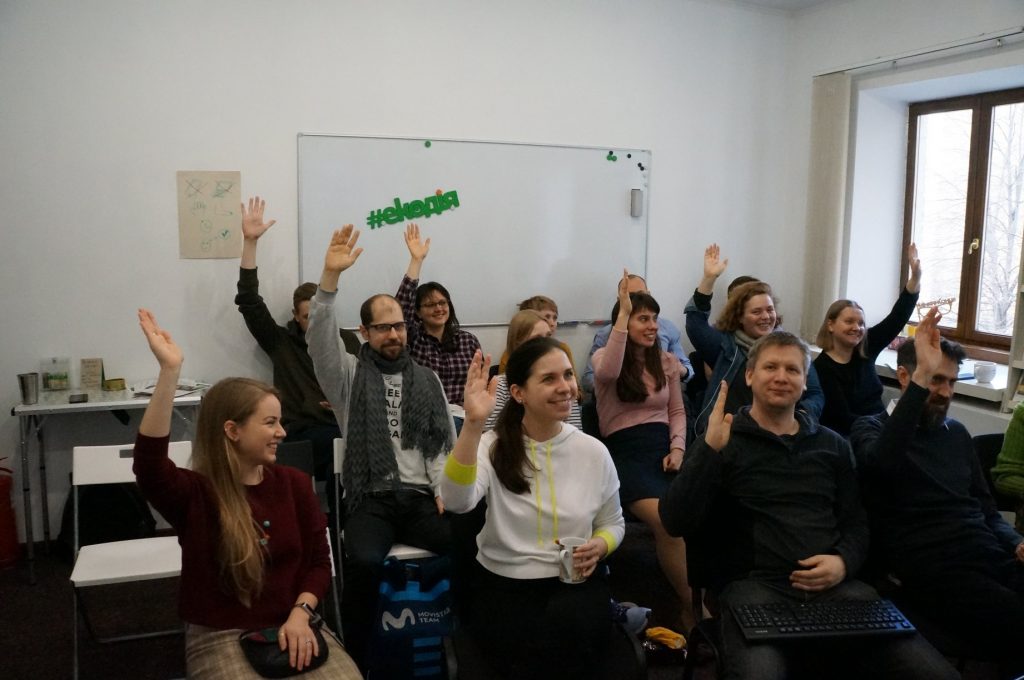
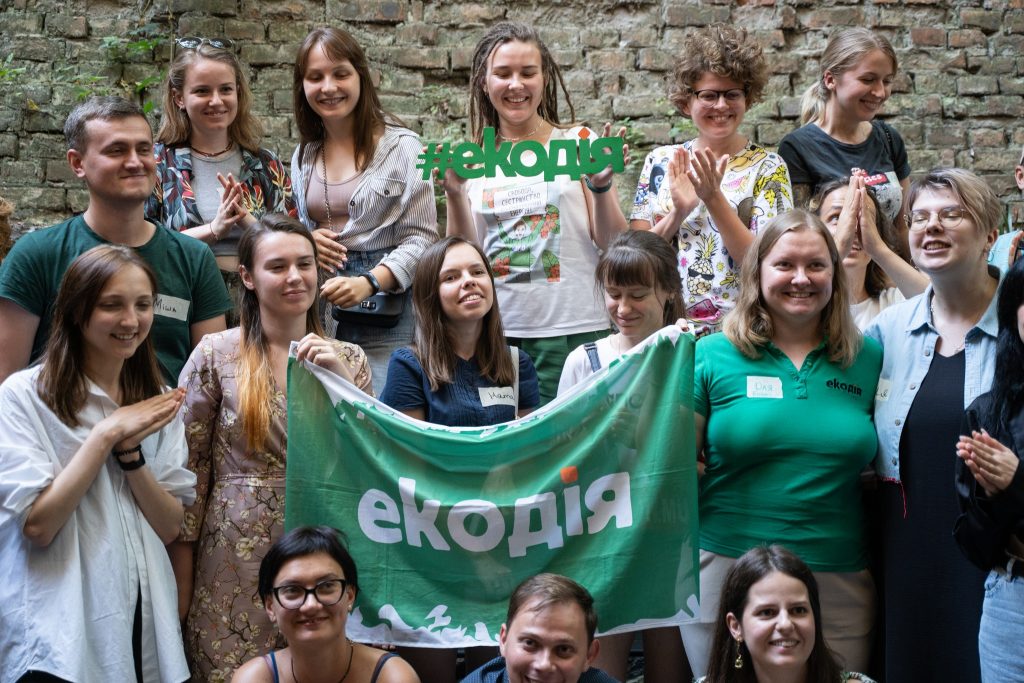
External communication and the development of information platforms have become essential parts of strengthening institutional partners. Effective communication allowed organizations to engage communities better and raise awareness of key environmental issues. Ultimately, it also helped to find new allies, volunteers, partners, and donors. Later, with the outbreak of a large-scale war, communication about the environmental damage caused by the occupiers’ actions became an essential activity for almost all EPAIU partners.
The research and advocacy capacity of organizations has also improved significantly, mainly due to the training organized by our Initiative. This has allowed CSOs to conduct in-depth research, develop more effective advocacy strategies, and ensure environmental policy and practice changes.
You can read more about how partner organizations have changed here.
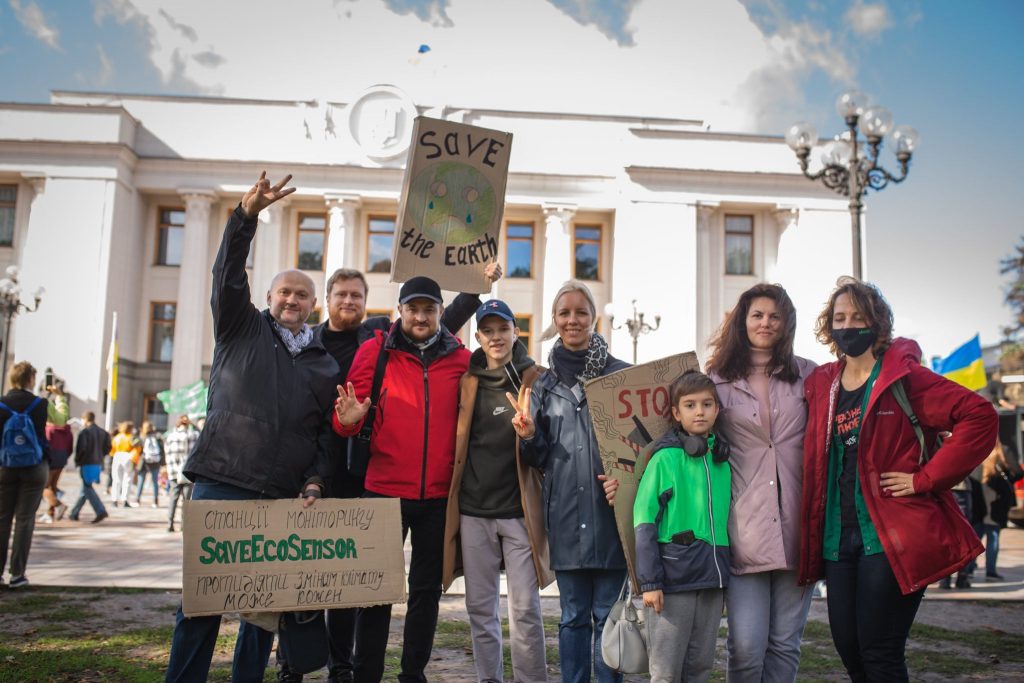
In addition, significant emphasis was placed on developing partnerships. Strategic engagement with various stakeholders, including government agencies, the private sector, other NGOs, and international organizations, has increased the effectiveness and impact of the Initiative’s partners and attracted additional resources for their projects.
Organizations used their institutional grants to conduct educational programs and trainings, environmental management training, digital technologies, etc.
We also facilitated the creation of cross-sectoral linkages, particularly between NGOs, local authorities, and the private sector. This helped to increase the effectiveness of what our partners were doing before and to ensure broader support for their initiatives.
The project’s key goal was to create a strong network between different organizations. Every training, lecture, meeting, and conference the EPAIU Initiative held for its grantees was also designed as a networking platform. This allowed participants to share experiences, support each other, and plan joint initiatives. As a result, the EPAIU grantee cohorts have become an informal community charged with interaction.
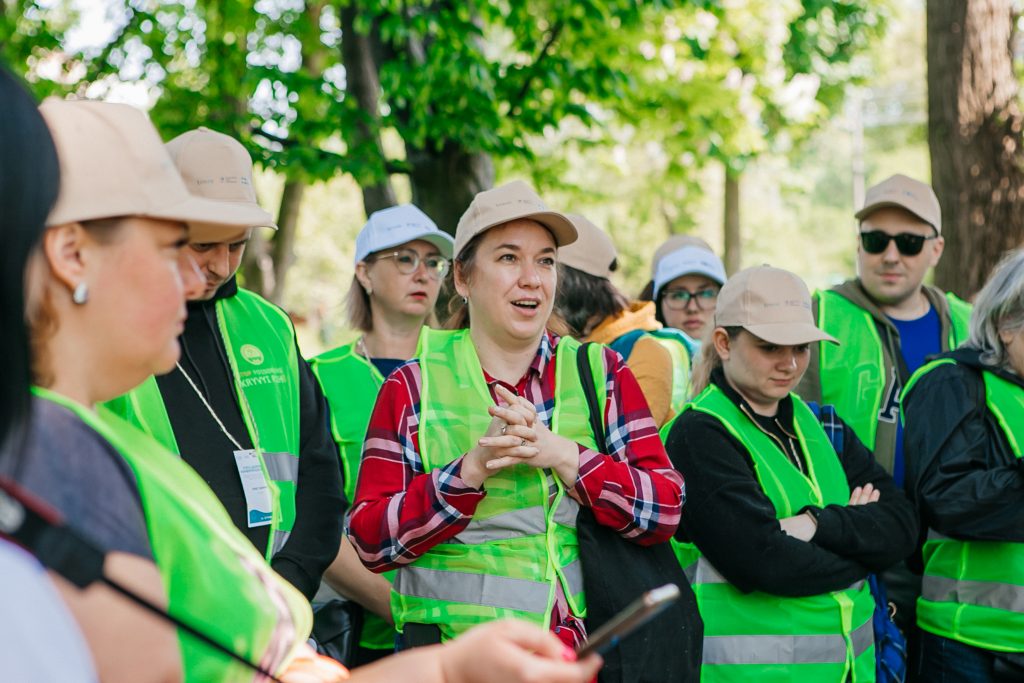
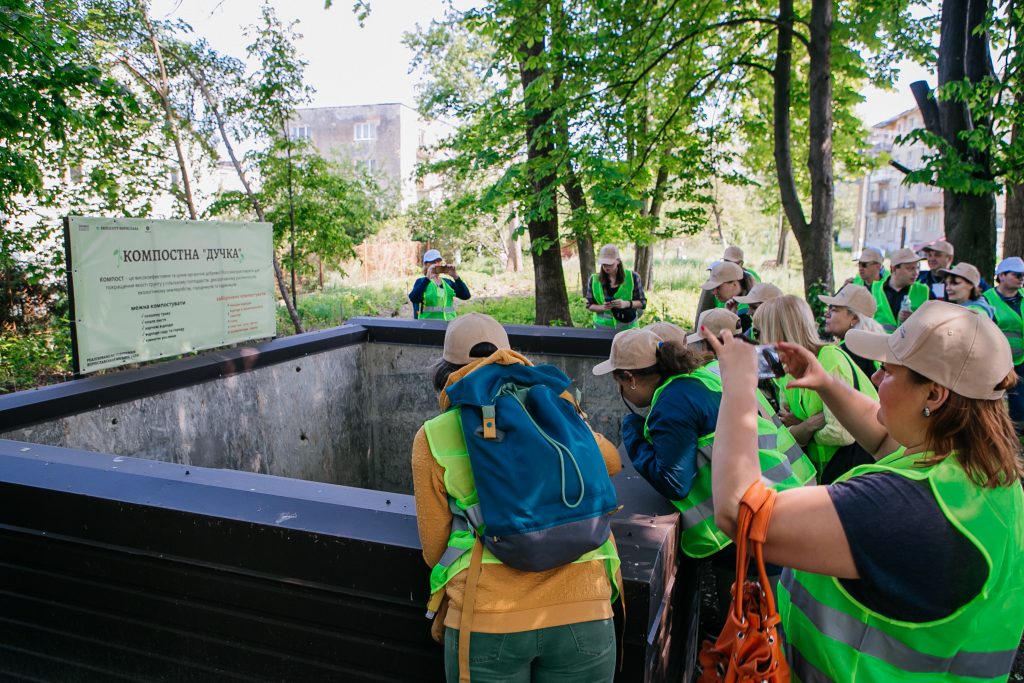
“Since 2019, 40 civil society organizations have completed EPAIU training programs and gained important knowledge and skills to run their activities effectively,” says Tetiana Kukharenko, “this is not counting more than 100 individual consultations for the main cohort of grantees. All this strengthened the organizations and helped them grow.”
The program also included five annual EPAIU conferences, which became a platform for sharing experiences, best practices, and new knowledge.
A significant achievement of EPAIU, which the grantees themselves repeatedly noted, was the involvement of the core cohort of participants in professional consulting for other groups of grantees. This has allowed for the transfer of valuable experience on environmental issues, supported the development of younger or less experienced organizations, and contributed to creating a solid community of experts and activists. For example, organizations working in the sector for almost ten years helped “young” environmental activists with research projects, advocacy campaigns, etc. Sometimes, they shared their experiences of defeats and victories and could suggest whom to turn to for expert help.
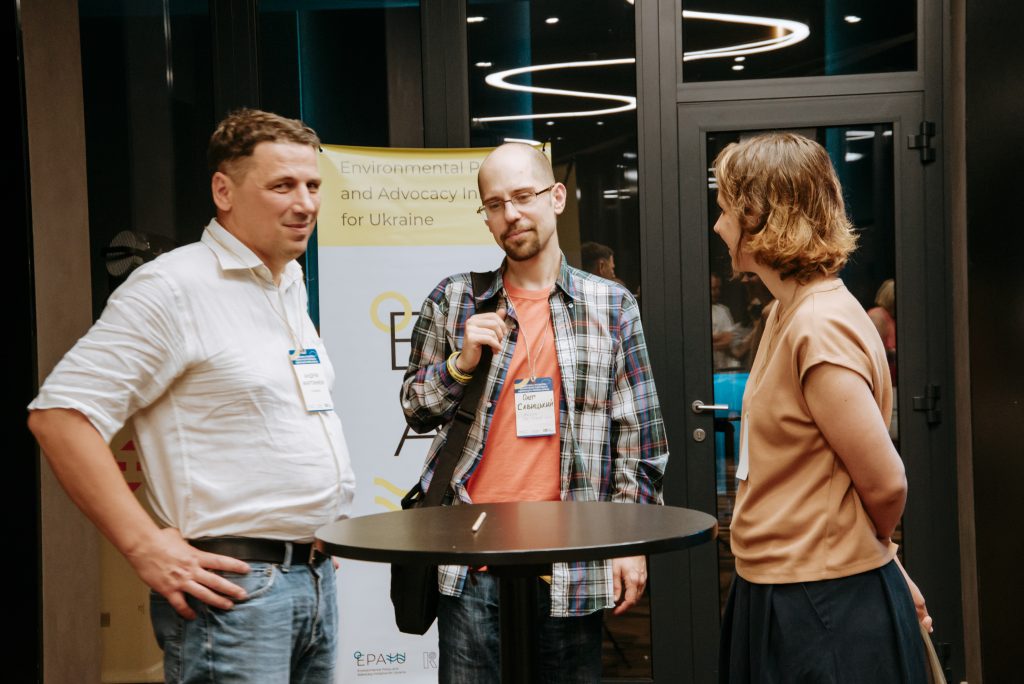
Key challenges on the way
“It may seem like institutional growth is a cakewalk, like they gave you money, and that’s enough. It is a long and detailed process, during which we faced dozens of different challenges,” says Tetiana Kukharenko.
Some partner organizations have discovered new areas of work with the environment. For example, they began to work more with the topic of eco-education or learned to use new methods of processing the information they collected to analyze the situation in their regions. Some conducted their first significant advocacy campaigns or began interacting more with communities.
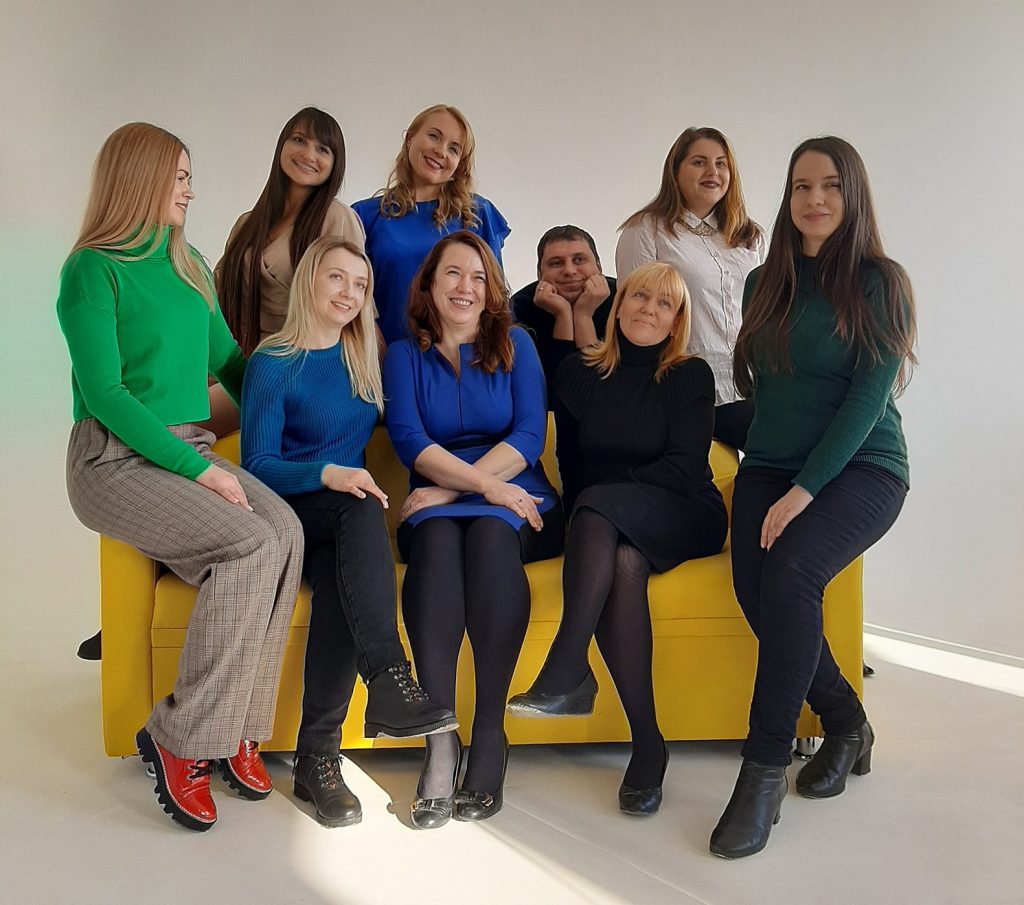
Although not every new case resulted in a major victory, our partners gained new and unique experiences and revised their working principles. Of course, the path of growth is inevitably thorny.
Among the main challenges that organizations have faced over the four years of institutional growth, Tetiana Kukharenko identifies the following:
- Taking into account local specifics
Each region of Ukraine has its unique environmental challenges and needs. Accordingly, organizations had to adapt their approaches and strategies to local conditions to be effective.
- Community engagement
Engaging local communities was an important aspect of the organization’s work. They sought to protect the environment and create a stronger sense of responsibility and participation among citizens.
- Implementation of international standards
Many organizations sought to integrate international standards, including those required for European integration, and practices into their work. This improved the quality of their work and made them more attractive for international cooperation.
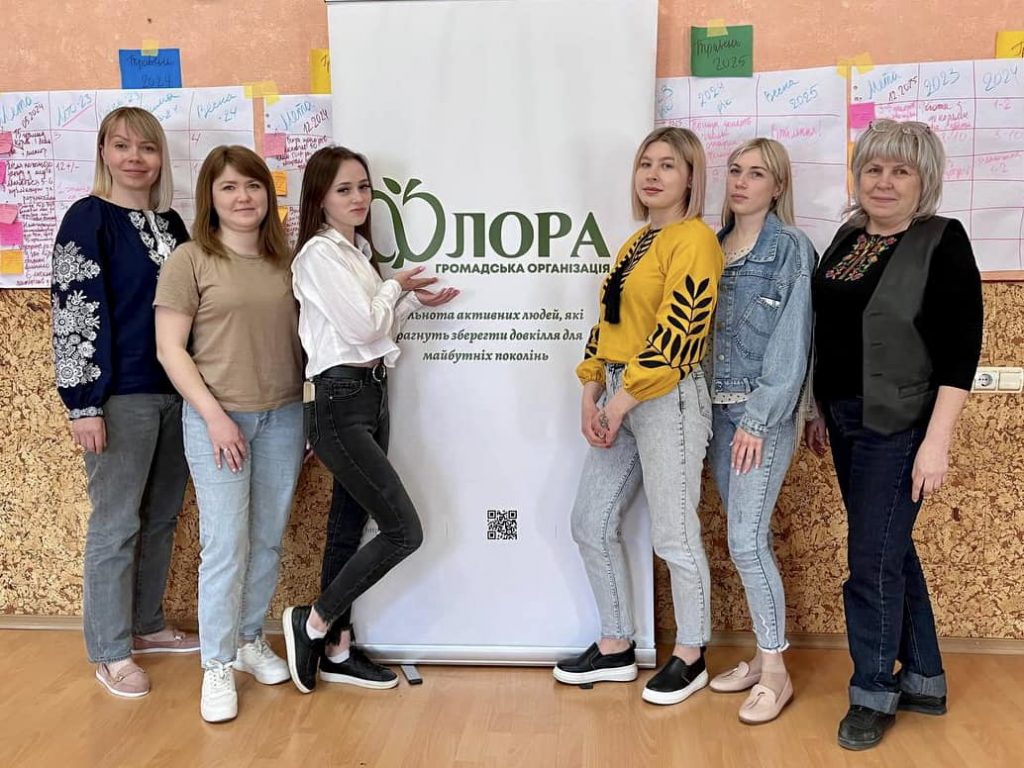
- Creating educational programs
Many of the organizations involved were actively working on educational programs to raise people’s environmental awareness. Education was considered a key element in shaping a sustainable ecological future.
- Implementation of innovations in environmental protection
Some organizations focused on supporting innovative environmental projects and technologies. This included the development of green technologies, energy saving, and sustainable resource management practices. Working with new methods required training and time to adapt them to familiar work processes.
- Networking and community building
The initiative helped to create a strong network between different environmental organizations, which allowed for the exchange of experiences, resources, and best practices. This stimulated cooperation and synergy between various groups and allowed them to see and recognize their weaknesses.
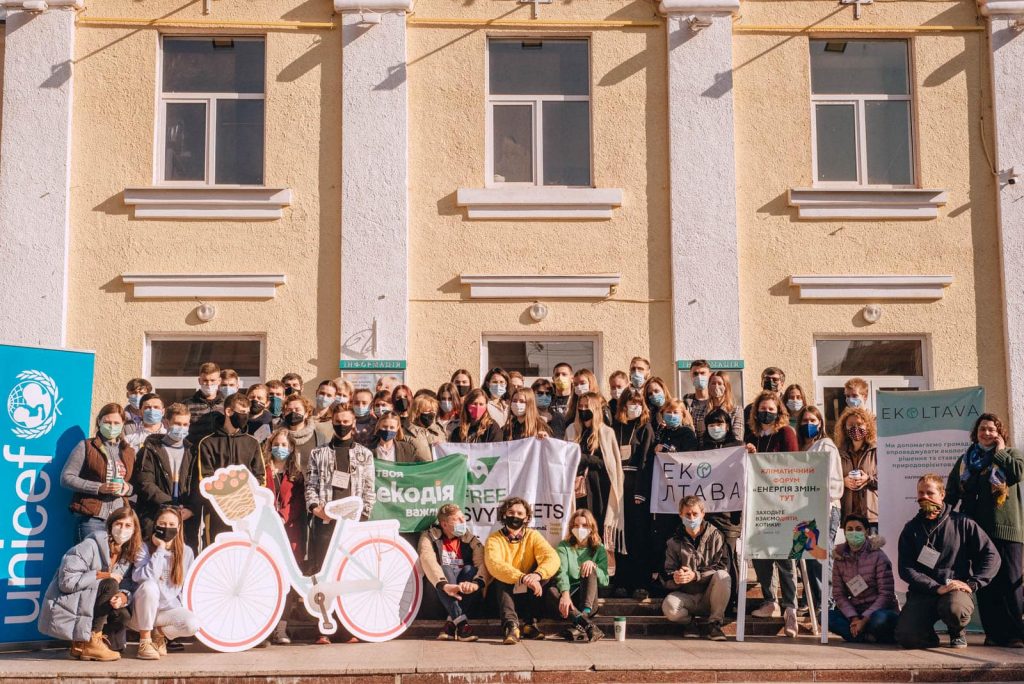
Small grants and expansion of the Initiative
Although the first competition, held in 2019, needed to attract more attention from Donbas organizations, the Foundation was not in a hurry to abandon the idea of cooperation with local NGOs. In 2021, the Initiative conducted a separate detailed study of the specifics of the work of environmental organizations in Donetsk and Luhansk oblasts. Civil society organizations in these regions work in harsh conditions, sometimes even risking their safety. Still, at the same time, they are wary of all-Ukrainian competitions, distrusting donor transparency.
Given these challenges, we launched a call for proposals to support and develop civil society organizations in these regions. The goal was to identify the needs of organizations, get to know active environmental centers and determine what could be done within the existing opportunities and limitations.
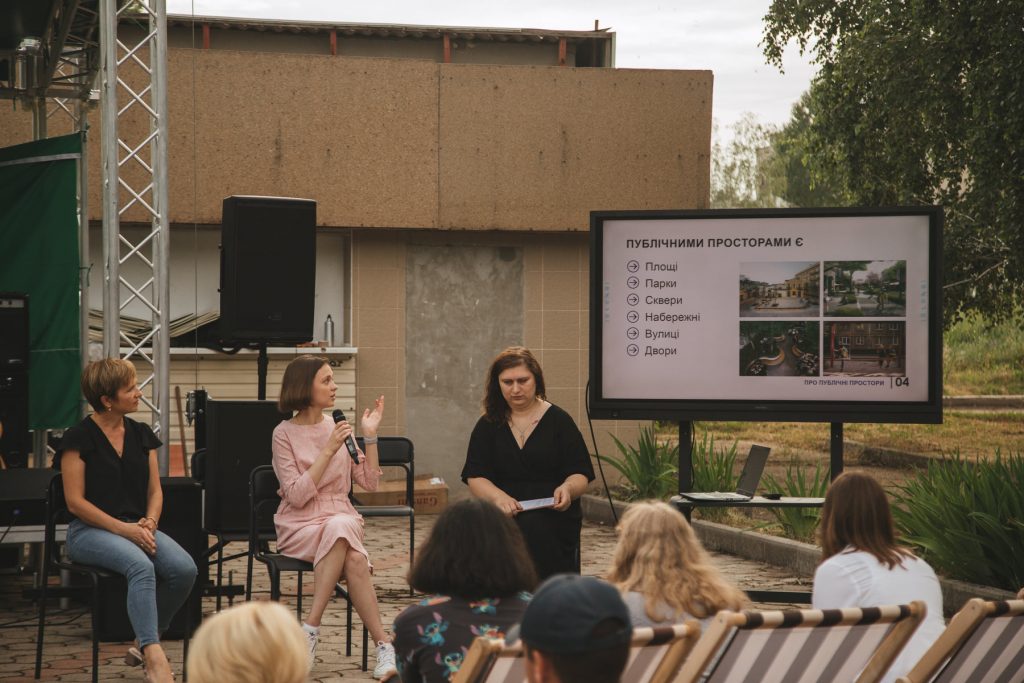
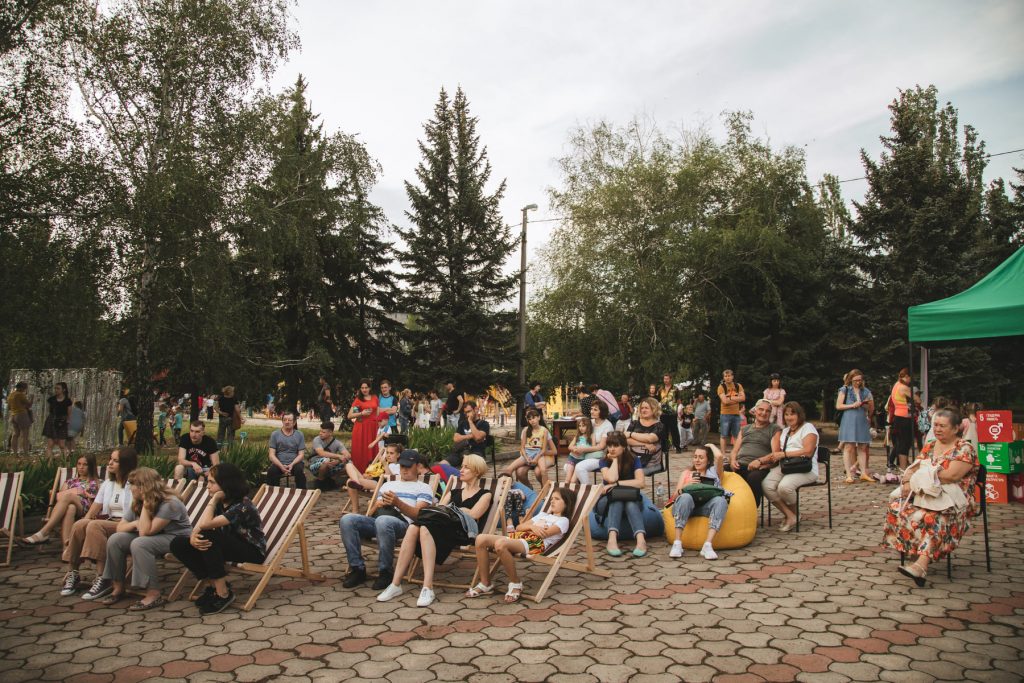
Based on the results of the small grants call for proposals, we selected 11 organizations, mainly from Donetsk Oblast. This indicated the existence of an active public life in the region and the desire of organizations to create change despite difficult circumstances and limited resources. Despite the smaller number of applications from Luhansk Oblast, the projects submitted were strong and showed the maturity and focus of the organizations on environmental issues.
In September-November 2021, the Initiative team visited each organization to assess their work and potential, get to know them, and understand the context in which they operate. We saw how organizations are engaged in upcycling, waste sorting and composting, air quality monitoring, developing laboratories for plastic recycling, and other initiatives. At the same time, they all tried to involve the communities in which their members lived and educational institutions in their work. The activists were passionate about their ideas.
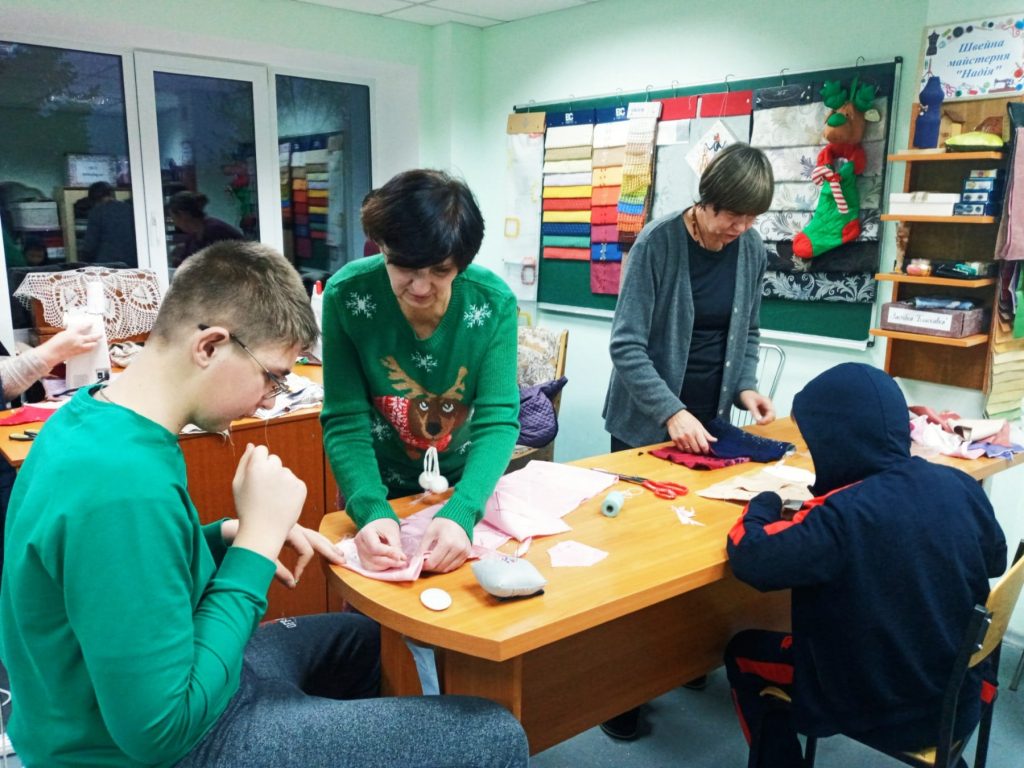
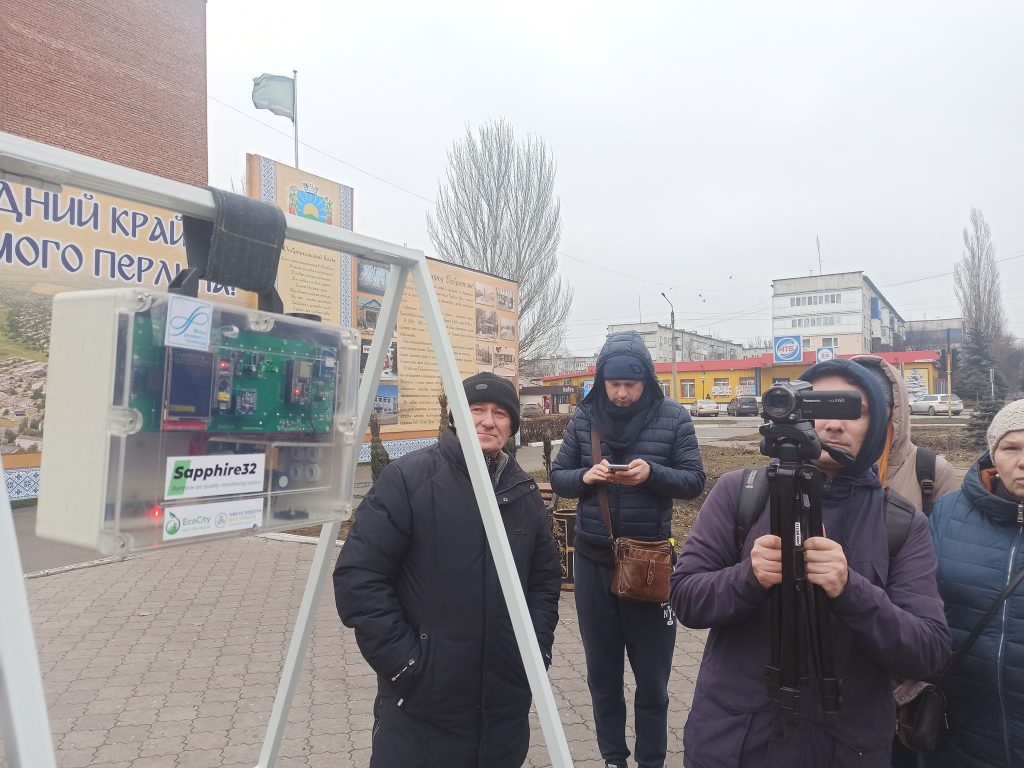
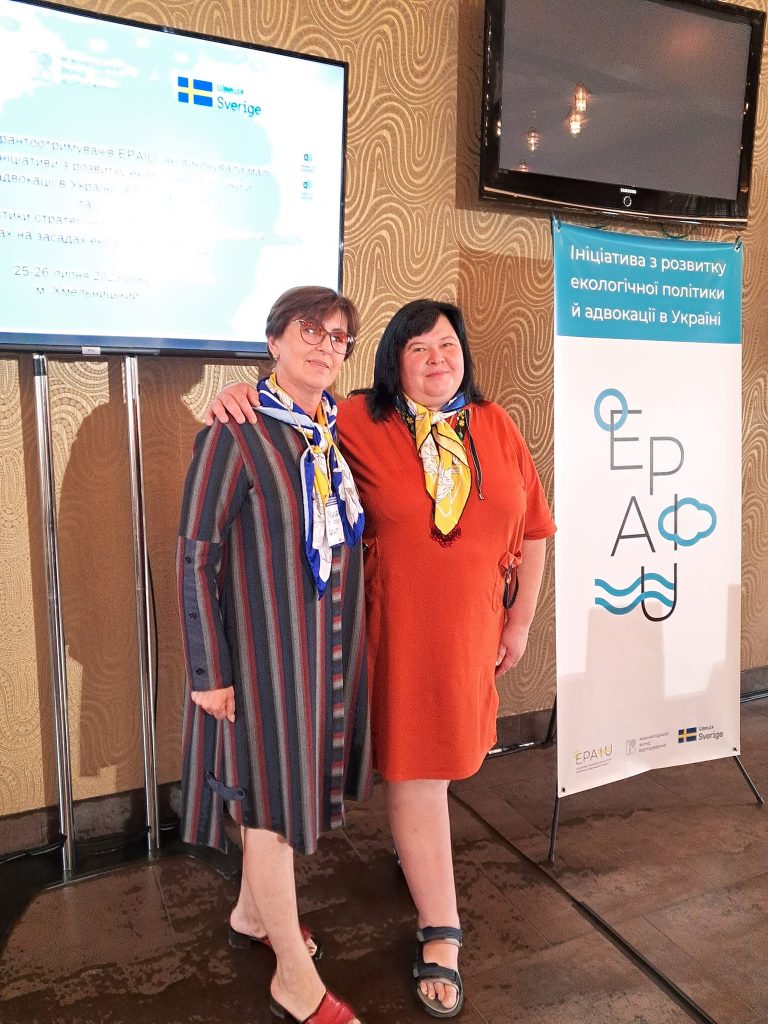
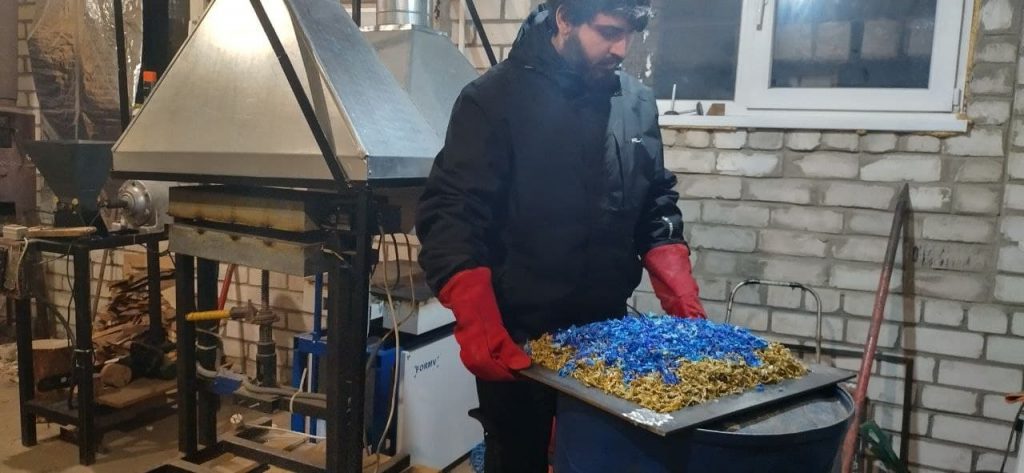
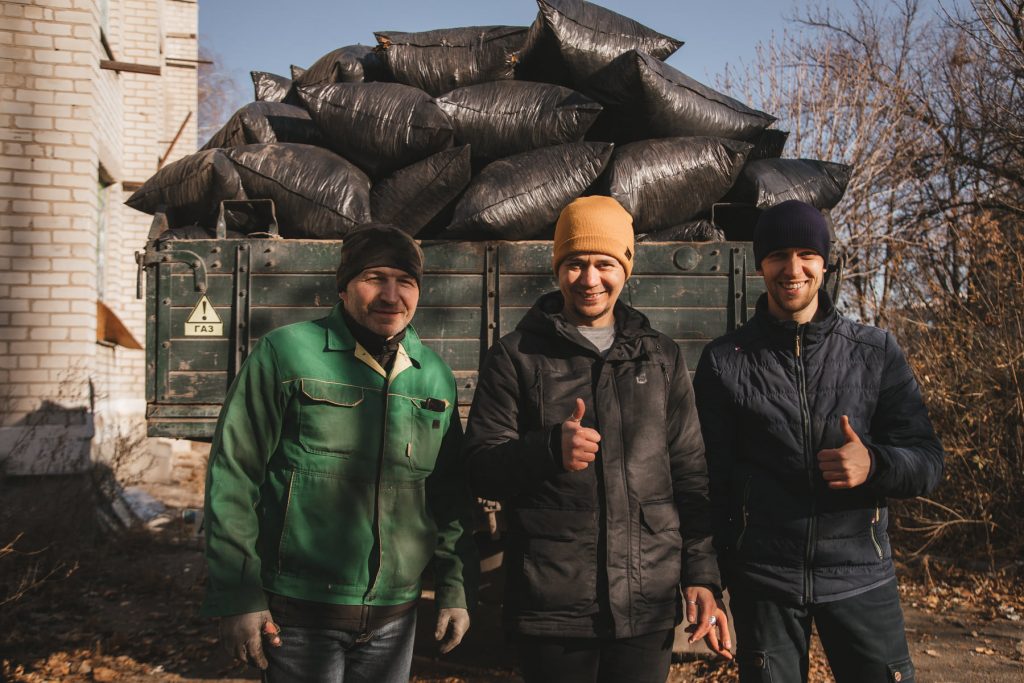
However, the full-scale Russian invasion stood in the way.
The outbreak of full-scale Russian aggression put some projects on hold, but it could not stop the activists and their work thoroughly. Despite all the unfavorable external circumstances and sometimes direct risks to life, environmental organizations continued to work and develop. Almost all the projects of the organizations we supported in the first mini-grant competition have been completed.
Even earlier, the pandemic forced organizations to adapt to new working conditions quickly. They learned how to use digital tools and platforms, which increased their flexibility and responsiveness to changing circumstances. As a result, it prepared organizations and helped them cope with the challenges of a full-scale war. In the spring of 2022, we were impressed by how, under significant threat and stress, the teams of organizations reported on their projects and even expressed plans to seek funding to continue this work.
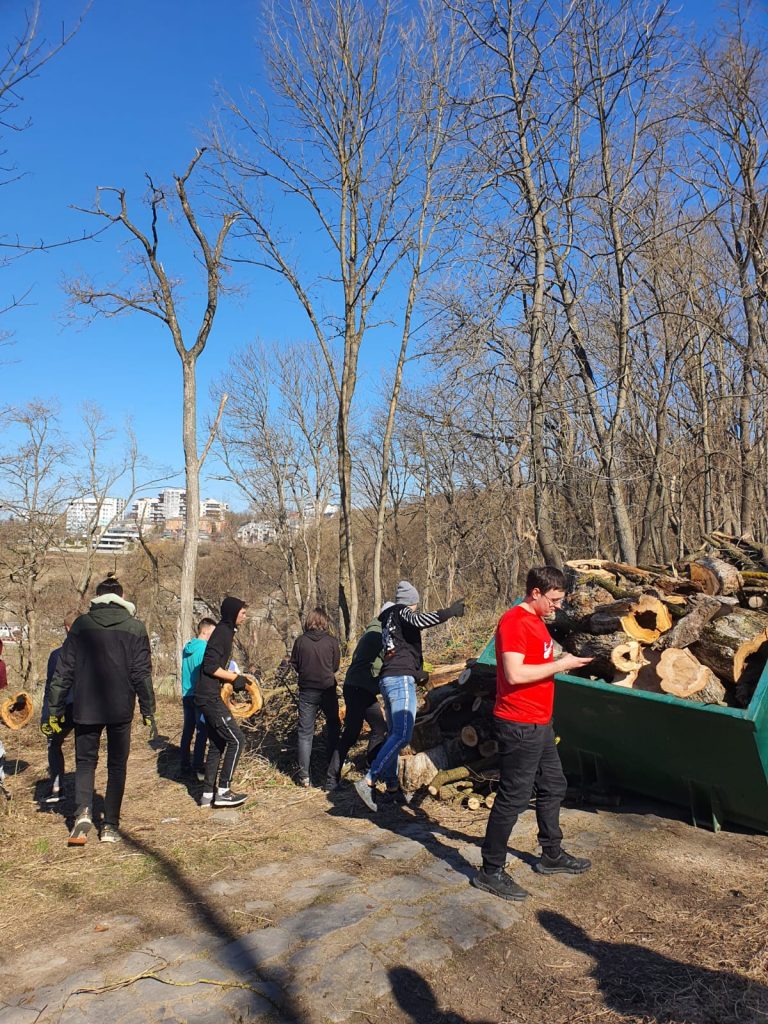
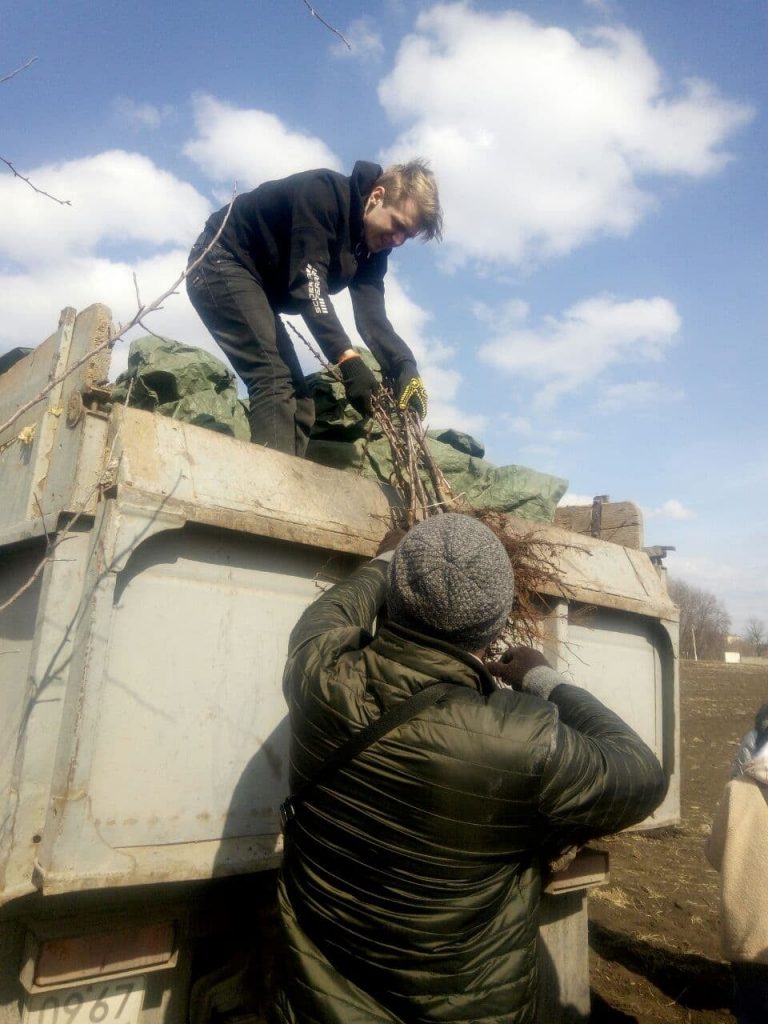
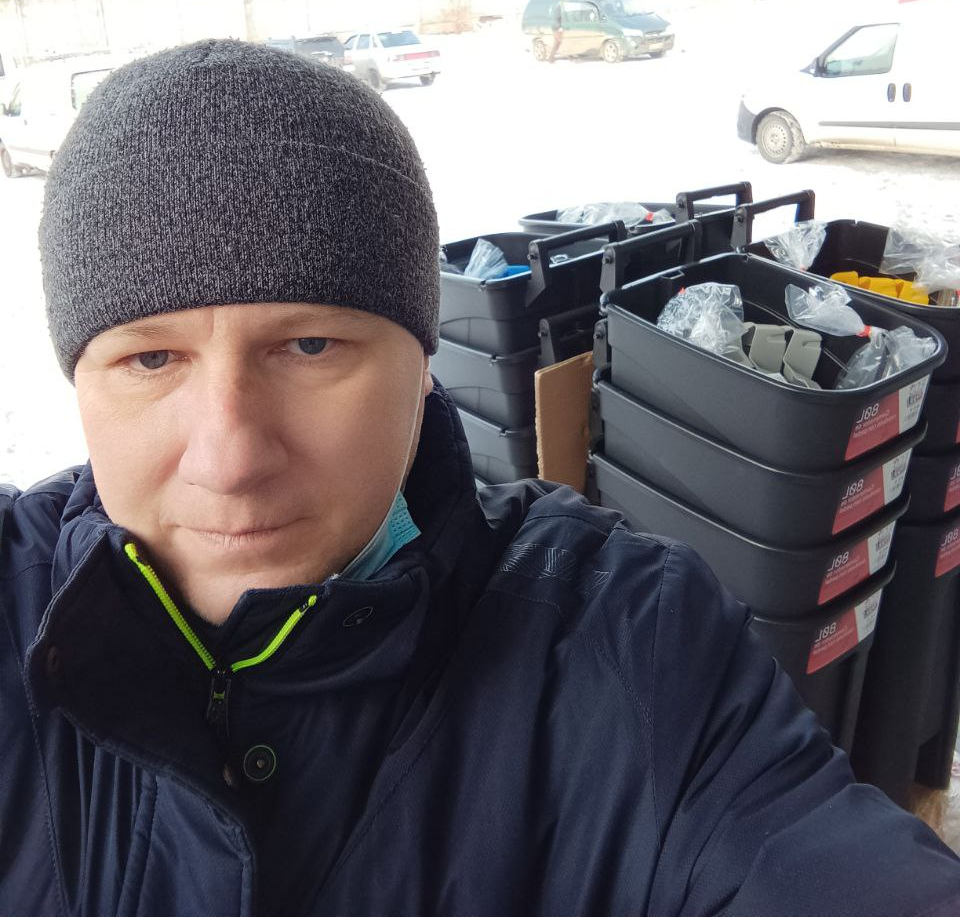
The beginning of the full-scale invasion catalyzed even closer cooperation and support between organizations – joint appeals to international partners, actions, and campaigns in Ukraine and abroad.
It was also a signal for us to launch a second wave of small grants and support local organizations in the east and south, in the regions that suffered the most from Russian aggression and depopulation, but at the same time demonstrated significant potential for institutional development. Sweden also provided us with great support in this regard.
So, we focused on organizations with experience and were ready for further development. Then, we again analyzed the needs and capacities of local organizations. Based on this analysis, the Initiative supported 16 organizations from southern and eastern Ukraine. Subsequently, it turned out that “small” projects yielded unexpectedly important results that can be used, particularly for community recovery planning, development of environmental components in strategic plans of territorial communities, youth education, integration activities with internally displaced persons, etc.
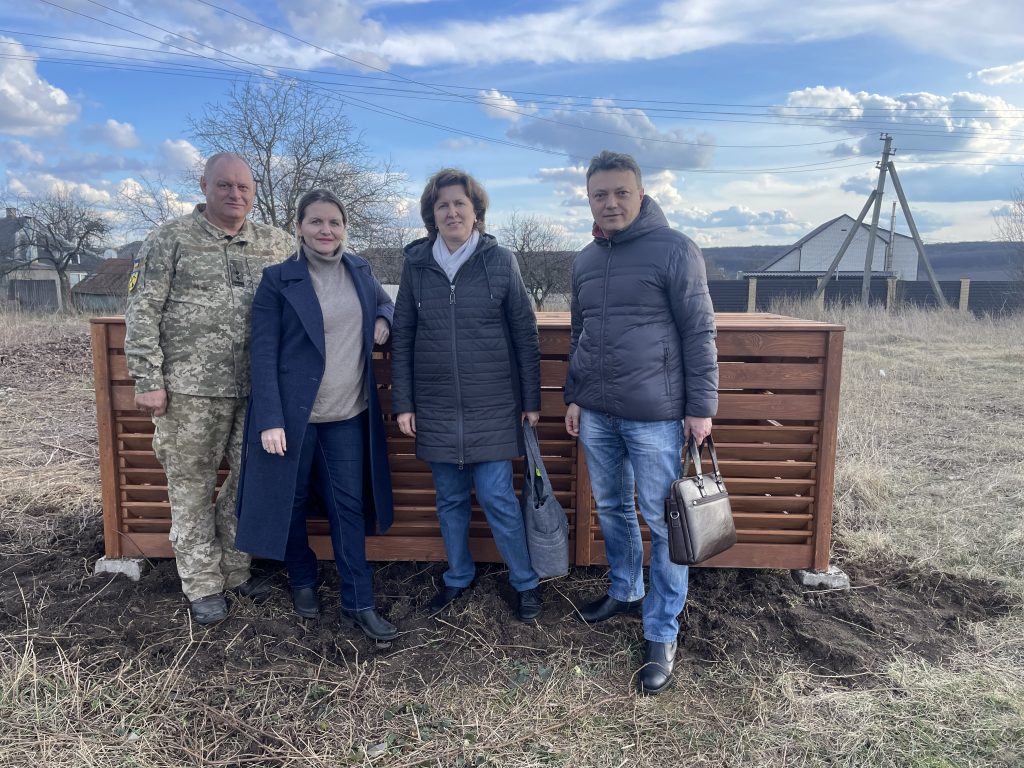
“This story illustrates how civil society organizations have been able to adapt and evolve in response to the crisis. Thanks to the support of the Initiative, they could continue and develop their activities, increasing their influence on local and national environmental policy,” says Tetyana Kukharenko.
Development of environmental policy
Over the four years of work with our institutional support, the EPAIU Initiative partners have done significant analytical and research work. Their contribution to the development of environmental policies was also substantial.
For example, our grantees contributed to developing 13 draft laws related to various aspects of environmental policy. Experts focused on identifying potential weaknesses in environmental policy and considering best European practices to protect the Ukrainian environment.
Among them are draft laws on state environmental control, which provide for improving mechanisms for monitoring compliance with environmental standards; draft laws on industrial pollution and air protection, aimed at reducing harmful emissions from industrial facilities; etc.
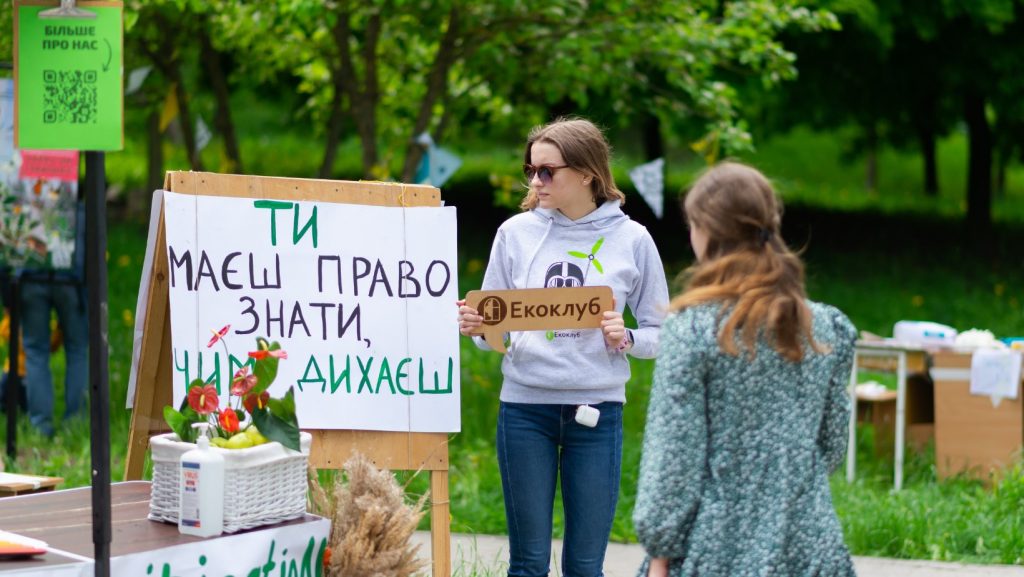
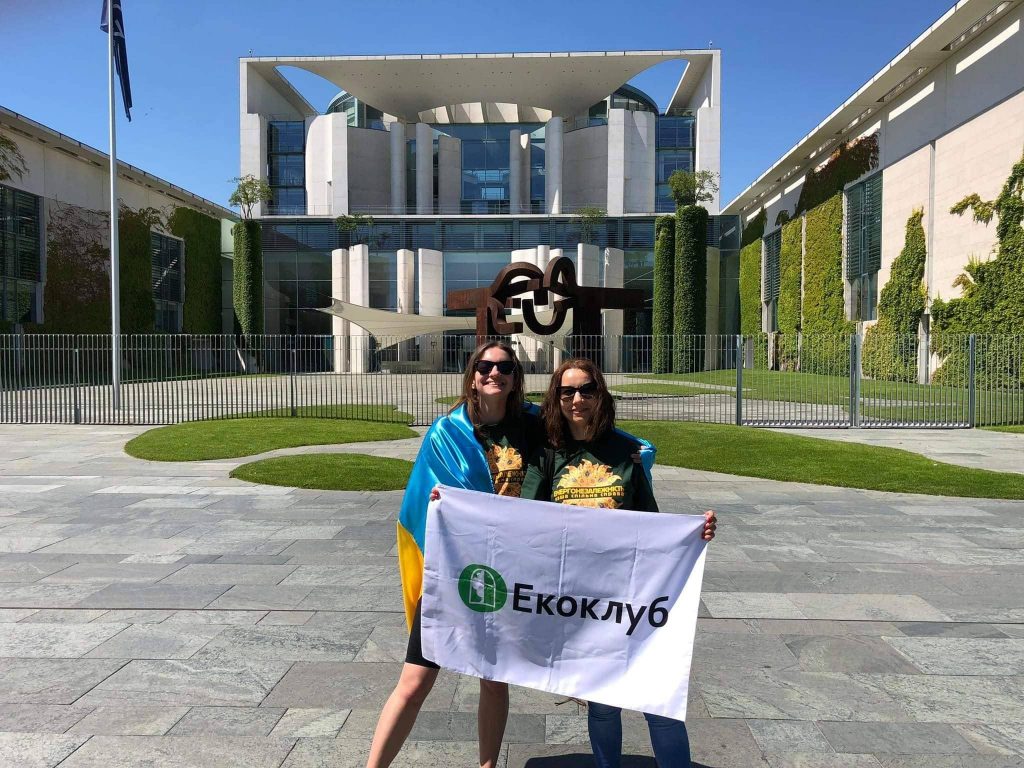
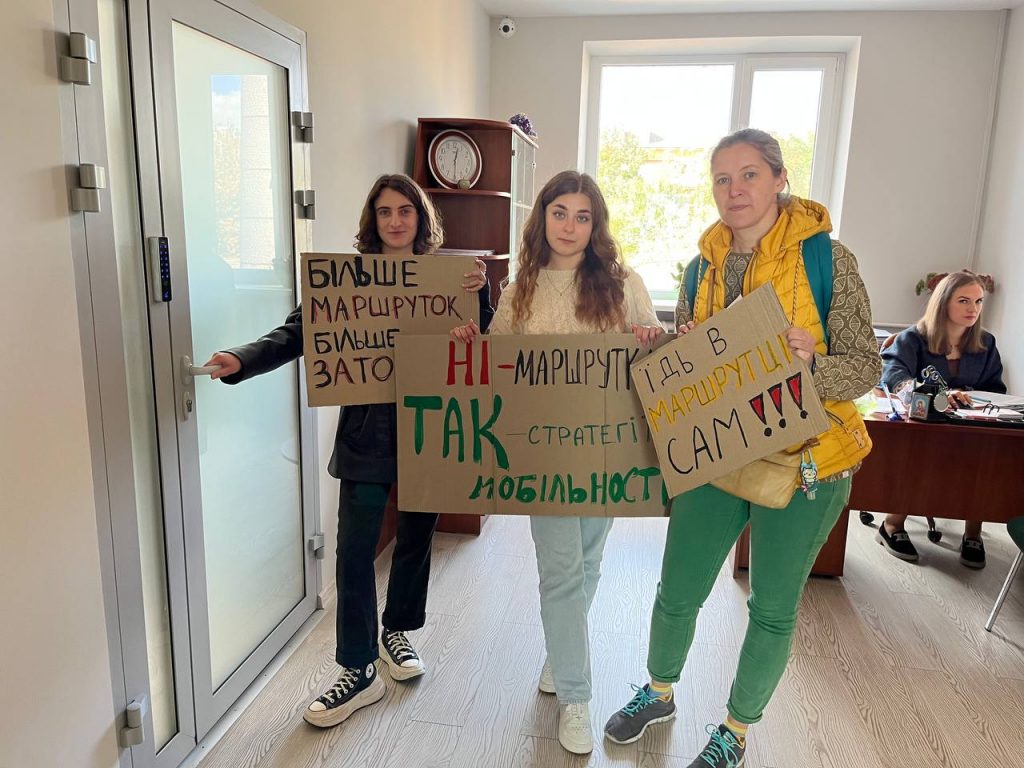
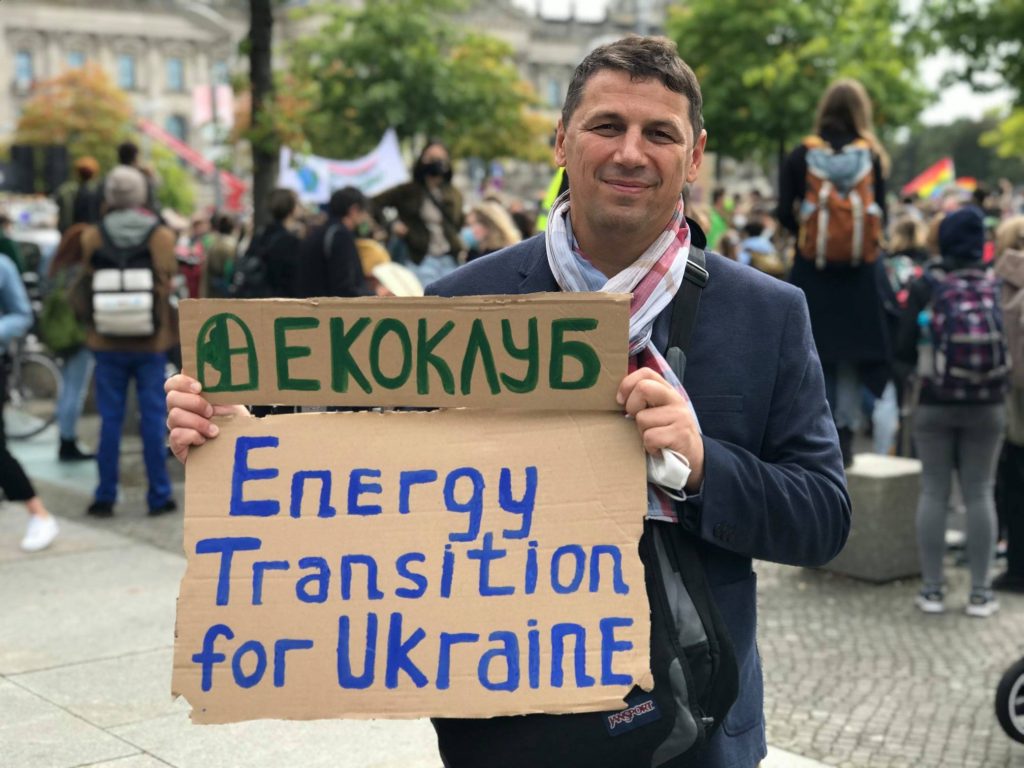
The other two draft laws dealt with waste management, the circulation of plastic bags, and the environmental impact of plastic products and packaging. This is about reducing disposable plastic materials and encouraging the transition to alternative, more environmentally friendly materials.
Similar work has been done on 15 strategic documents that define the main directions of environmental policy development at the national level and ten environmental programs of national, regional, and local importance.
Another area for legislative initiatives was environmental impact assessment (EIA) procedures aimed at ensuring greater responsibility in the implementation of projects that may affect the environment, as well as efficiency energy market design by the requirements of the EU’s 4th Energy Package, the use of energy-saving lighting devices, and the introduction of a register of renewable energy sources (RES).
Another area of focus is the development of the Emerald Network, a network of protected areas in Ukraine that is important for conserving biodiversity and natural landscapes.
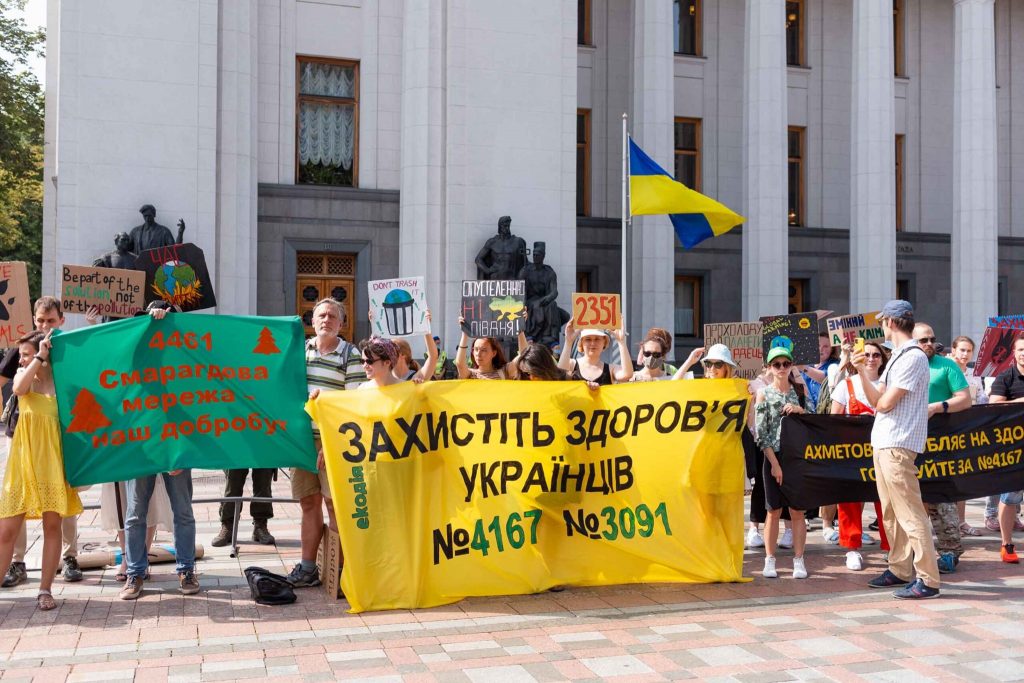
These draft laws play a key role in shaping an effective, sustainable, and responsible environmental policy in Ukraine, contributing to strengthening ecological standards and practices at all levels of government.
The participation of experts from the Initiative’s grantee CSOs in developing national documents of strategic importance has also significantly contributed to the formation of Ukrainian environmental policy. Among the key documents they participated in creating is the Strategy for Environmental Security and Climate Change Adaptation until 2030. This document defines the main areas of activity and measures to reduce the impact of climate change and increase the resilience of ecosystems.
Experts also participated in the development of such important documents as:
- The Water Strategy of Ukraine, which defines the basic principles of water resources management in the country until 2050 and is intended to ensure their rational use, protection, and restoration;
- The 2030 Climate Goals Roadmap, taking into account the vision of the public and the Ukrainian Climate Movement, provides for specific steps and initiatives to achieve the set climate goals;
- Priority steps within the framework of Ukraine’s implementation of the EU’s 4th Energy Package, which includes reforming the country’s energy sector by European standards,
- The NSDC Decision “On Challenges and Threats to Ukraine’s National Security in the Environmental Sphere” focuses on the most pressing environmental security issues and ways to address them.
This participation emphasizes the active role of civil society organizations in shaping national environmental policy and contributes to the country’s sustainable development.
What’s next?
“We are currently negotiating with the Embassy of Sweden on the next stages of the Initiative. Of course, we would like to continue the project and reach even more environmental organizations,” says Tetiana Kukharenko.
According to Tetiana, the Initiative has not exhausted itself, and although its results are already impressive, there is still a long way to go.
“Today, the Russians continue to deliberately destroy and pollute our nature, land, and water bodies. These are problems that will affect many generations of Ukrainians,” concludes Tetyana. “Therefore, it is essential that our environmental organizations are solid and capable and can help the state overcome the problems that accumulate during the war.
